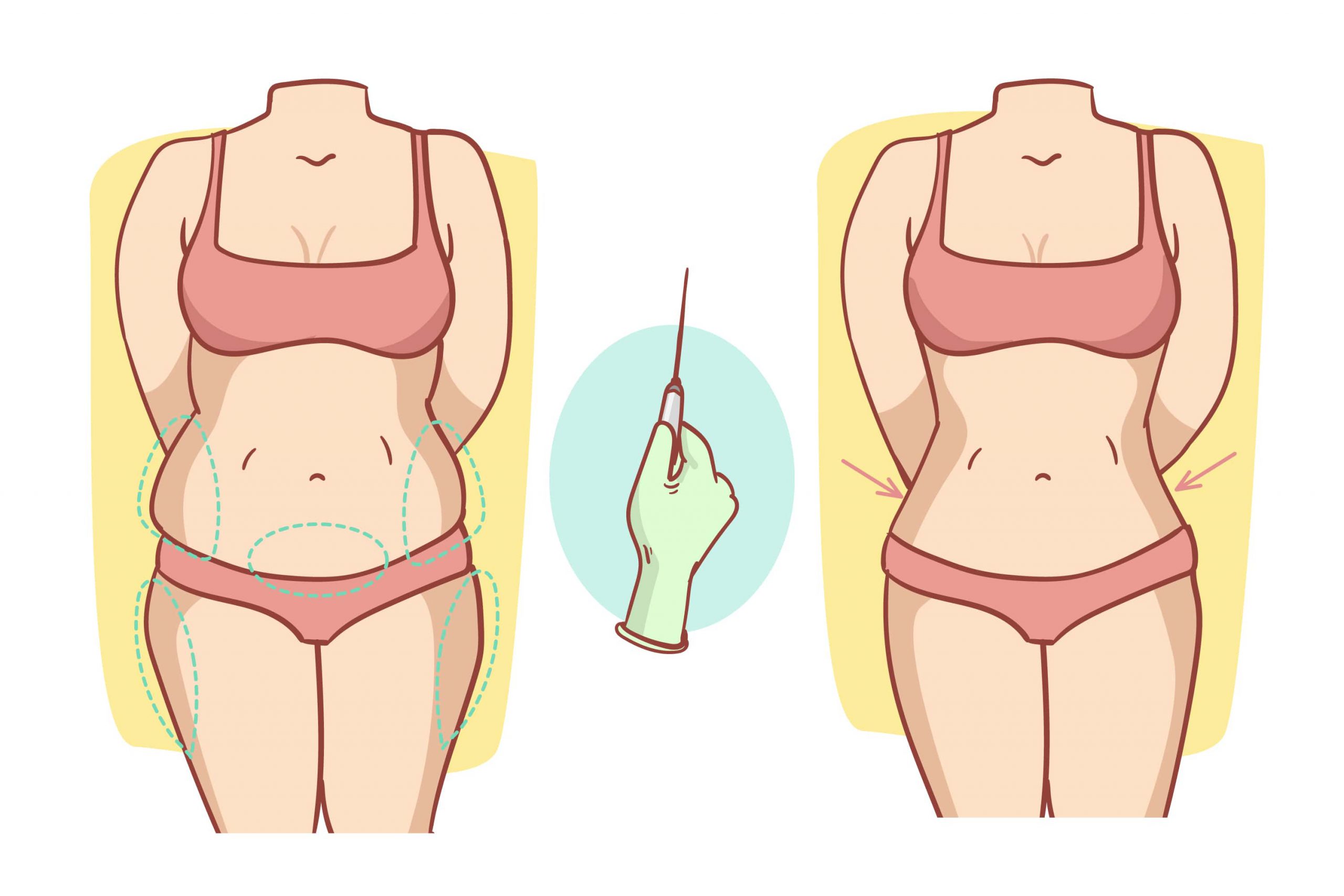Table of Contents
Liposuction: How Much Weight Loss Can You Expect and What Is The Maximum Fat Removal?
If you’re considering liposuction as a way to help you reduce fat and improve your body shape, it’s important to understand what this popular surgery entails. In this article, we’ll discuss how much weight loss you can expect after liposuction, the maximum fat removal allowed during the procedure, and other key factors to consider before making any decisions. Read on to learn more about this powerful method of body sculpting!
What is Liposuction?
Liposuction is a surgical procedure that removes fat from the body. It is most often used to improve the appearance of the abdomen, thighs, and arms. Liposuction can also be used to remove fat from the breasts, hips, and buttocks.
Liposuction is usually performed under general anesthesia. A small incision is made in the skin, and a thin tube called a cannula is inserted. The cannula is connected to a suction device, which sucks out the fat.
Liposuction can be combined with other cosmetic procedures, such as tummy tucks or breast reduction surgery.
Most people who have liposuction are pleased with their results. However, like any surgery, there are risks involved. These include infection, bleeding, and anesthesia risks. There is also the potential for uneven fat removal or lumpiness.
Benefits of Liposuction
Liposuction can help you achieve your desired body shape and size. It can also help to improve your self-esteem and confidence. Liposuction can also help to improve your health by reducing the risk of developing obesity-related diseases, such as heart disease, stroke, and diabetes.
Potential Risks of Liposuction
Liposuction is a surgical procedure that removes fat from the body. It is most commonly used to treat areas of the body that have stubborn fat deposits, such as the abdomen, thighs, and arms.
Liposuction is generally safe, but like any surgery, there are potential risks involved. These risks include:
Bleeding: During liposuction, small blood vessels are broken and bleeding can occur. This is usually not a serious problem and can be controlled with pressure or by using a laser to seal the vessels.
Infection: Although rare, infection can occur after liposuction. This is usually due to bacteria entering the wound during surgery. Signs of infection include redness, swelling, and fever.
Numbness: Liposuction can cause numbness in the treated area. This is usually temporary and will resolve within a few months. In some cases, permanent numbness may occur.
Skin irregularities: Liposuction can sometimes cause asymmetry or dimpling of the skin. This is more common in areas where large amounts of fat are removed.
How Much Weight Loss Can I Expect?
It is important to remember that liposuction is not a weight-loss surgery, and it is not an alternative to traditional methods like diet and exercise. The goal of liposuction is to contour your body by removing excess fat from specific areas.
Most patients can expect to lose between 2-5 pounds of fat from the areas treated with liposuction. However, the amount of weight loss will vary from patient to patient depending on a number of factors, such as:
- The number of areas being treated
- The amount of fat being removed from each area
- The individual’s body type and composition
While there is no limit to the amount of fat that can be removed during liposuction, most surgeons will only remove a maximum of 5-6 pounds of fat per treatment session. This is to ensure the safety of the patient and to minimize the risk of complications.
What Is the Maximum Fat Removal Possible with Liposuction?
Liposuction is often thought of as a way to lose weight, but it is actually a body contouring procedure. It can remove small amounts of fat from specific areas of the body to improve your appearance and proportions. The amount of fat that can be safely removed with liposuction depends on many factors, including your overall health, the elasticity of your skin, and the number and location of the areas being treated.
Most people who undergo liposuction are able to lose between 2 and 5 pounds of fat. However, there are some cases where more dramatic results have been achieved. In general, the maximum amount of fat that can be removed with liposuction is about 10 pounds. This number may be higher or lower depending on your individual case.
If you are considering liposuction as a way to lose weight, it is important to understand that this is not a weight loss surgery. Liposuction should only be considered if you are at or near your goal weight and you have stubborn pockets of fat that diet and exercise alone have not been able to get rid of.
Conclusion
Liposuction is a safe and effective way to remove unwanted fat from your body. While it’s important to keep realistic expectations, liposuction can significantly reduce stubborn areas of fat that are resistant to dieting and exercise. With the right preparation and postoperative care, you should be able to achieve noticeable results with minimal downtime or discomfort. Speak to your doctor about whether liposuction is right for you so that you can get the maximum benefit from this procedure.




